The Paper HouseElias F. Stenman (d. 1942)
Extant
52 Pigeon Hill Street, Rockport, MA, United States
begun 1924
Open to the public from spring through fall, 10 am to 5 pm.
About the Artist/Site
Mechanical engineer Stenman, who had designed the machines that make paper clips, purchased property in Rockport, north of Boston, for a summer home. He began building the small, one-story house in 1922, and framed it out in wood, with a regular wooden floor and shingled roof. Located in a residential area, at first glance it hardly looks different from the neighboring cabins. However, a closer look reveals that as an amateur inventor, Stenman had decided to use paper in order to insulate the walls. He started to do so in 1924, collecting papers on his own and also receiving the day-olds from his neighbors and friends, layering the newspapers and holding them all together with a flour and water glue mixture, enhanced with apple peels and other natural sticky substances. He then varnished it in order to keep it waterproof. Seeing how hard the surface had become, he realized that instead of sheathing the exterior in clapboards, as he had originally intended, he might be able to get by only using the paper alone. It is estimated that more than 100,000 newspapers wall the home, stacked in 215 layers. A front porch with extended roof was added later, further protecting the exterior walls. Stenman continued living in the house during the summers until 1930.
After the house itself was completed, he began making furniture of paper as well. Some pieces, like the piano and the fireplace, were of standard materials and were merely covered with paper, but most other pieces are primarily made from rolled up newspaper logs. A grandfather clock made in the 1930s includes papers from all state capitals—48 at that time; there are also curtains, tables, chairs, bookshelves, and numerous other furnishings, all made from paper. Despite the glue and the varnish, certain pieces of the walls and furnishings have begun to peel away, and visitors delight in reading the advertisements, recipes, and news stories from the 1920s and ‘30s.
Even as Stenman was building the house people were curious about it, and began to come to view it as early as the late 1920s. They began to open the house more regularly as a museum in the 1930s, and began charging admission after Stenman died in 1942: the fee at that time was 10 cents (it is now $2.00 for adults/$1 for children, on the honor system). Edna Beaudoin, Stenman’s grandniece, now runs the house, which is open to the public from spring through fall, 10 am to 5 pm.
~Jo Farb Hernández, 2014
Contributors
Related Documents
Map & Site Information
52 Pigeon Hill Street
Rockport, MA
us
Latitude/Longitude: 42.6729374 / -70.6348078
Nearby Environments


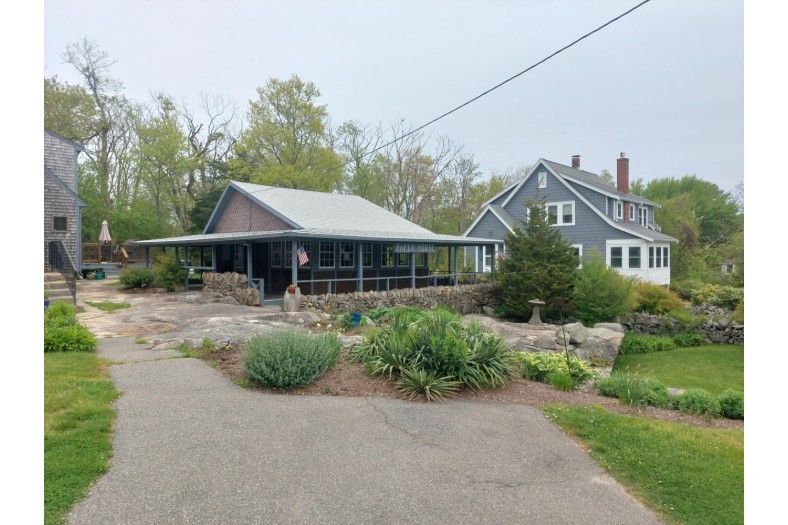



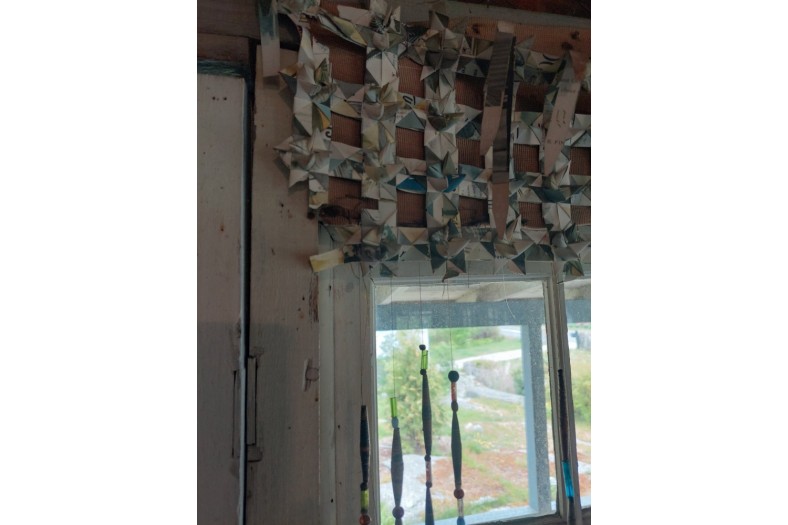





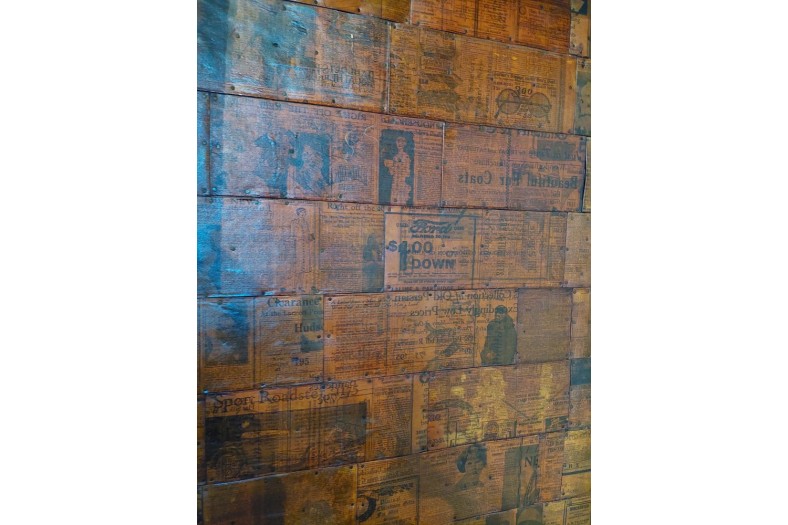


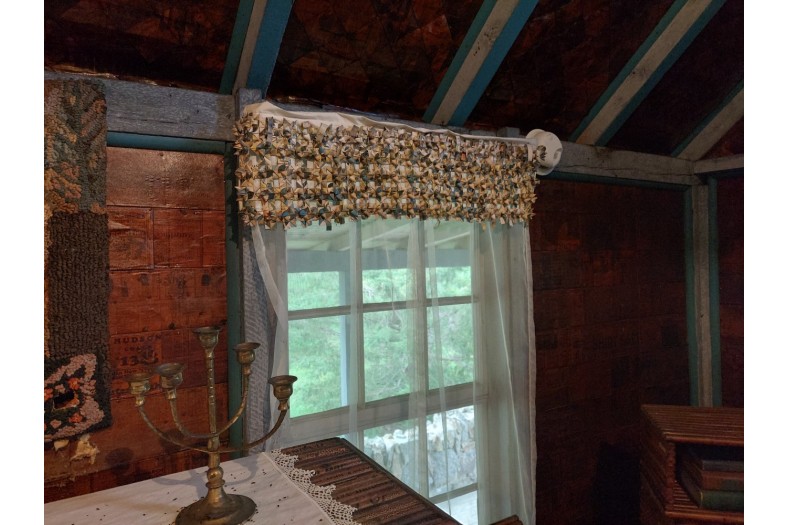





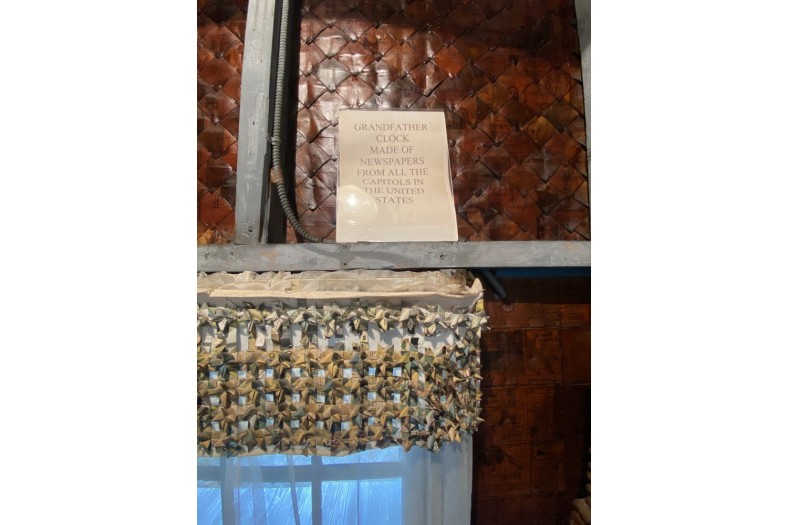





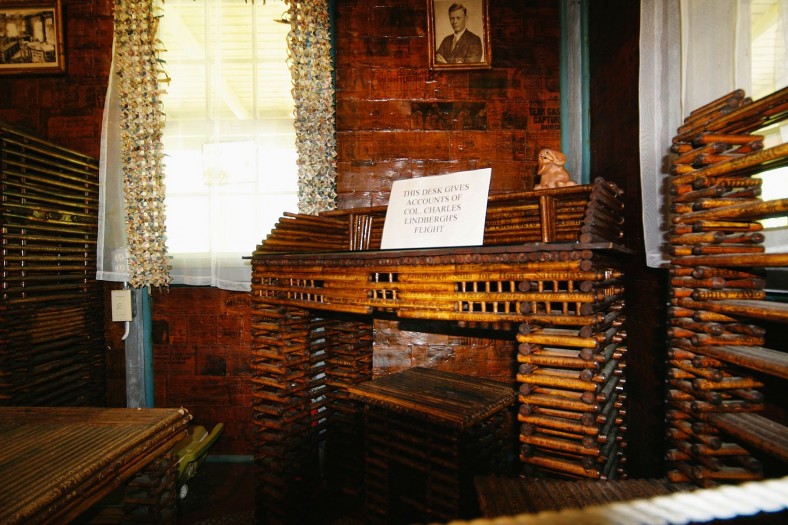
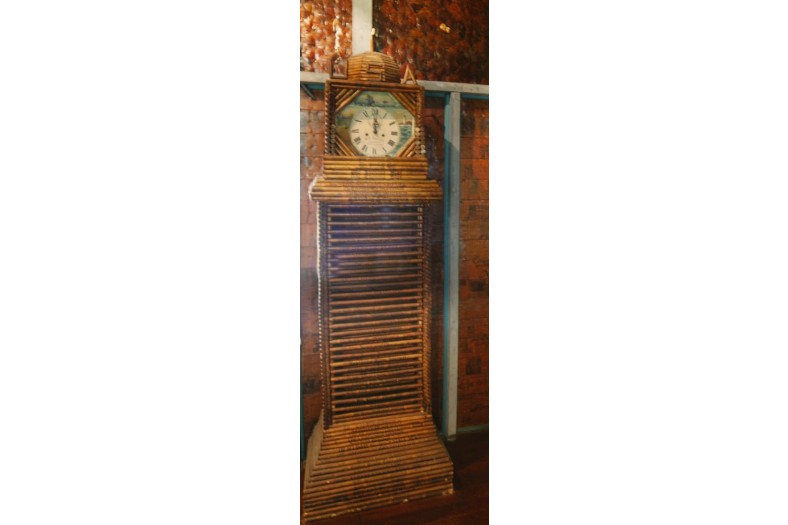






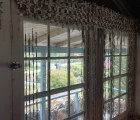







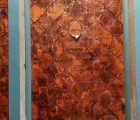

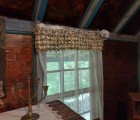

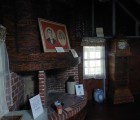






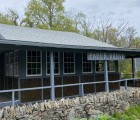






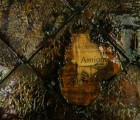




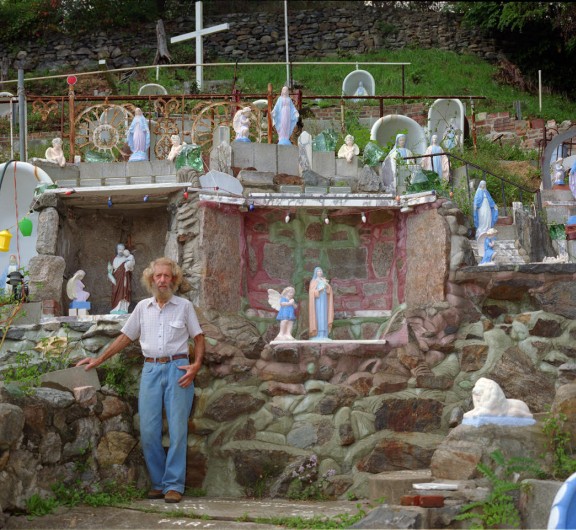


Post your comment
Comments
No one has commented on this page yet.